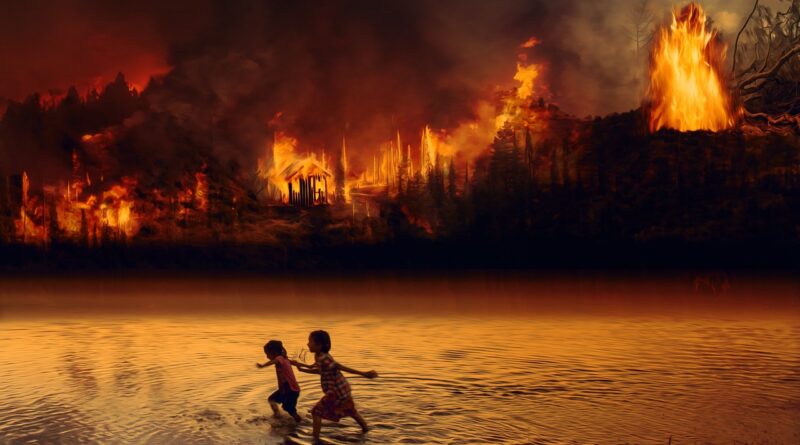Forest fires
One of the main news we hear throughout the summer, especially in hot areas, is about forest fires. This year hundreds of thousands of hectares of Spanish forests and landscapes have burned. It is an unfortunate fact that also greatly harms the environment and biodiversity.
In fact, in some cases even populated areas have been affected by fire, endangering homes and, what is infinitely more important, the lives of many people. For this reason, we would like to dedicate today’s article to commenting on the main characteristics, causes and consequences of a forest fire.
Parts of a forest fire
- The front. This is the area where the flames are the largest. It marks the direction the fire will take.
- The edges. These are the lateral parts of the fire. Although they can be increased by the action of the wind, they are usually smaller in size and speed of spread than the front.
- The tail. This is the point of origin of the fire. As it is the part that has been burning the longest, its size is minimal because it has consumed all the combustible material.
- Secondary outbreaks. They are caused by the action of the wind and combustible elements in the area. If the conditions are favourable, they can become new fire fronts.
Factores a considerar
Una vez expuestas las diferentes partes en las que se divide un incendio forestal, vamos a indicar los factores ambientales que determinan su fuerza y velocidad de propagación.
- La vegetación. Es crucial en los incendios forestales. Dependiendo de las especies arbóreas de la zona la propagación será más o menos veloz. Por ejemplo, casi todas las especies de pinos y la hierba seca amplifican el avance del incendio, debido a su alta capacidad de combustión. Sin embargo, otros árboles como los alcornoques hacen las veces de cortafuegos gracias a su corteza aislante.
- El viento y el terreno. También pueden ayudar a extender o controlar el fuego. El viento aumenta la propagación y aviva las llamas. En terrenos inclinados, se producen desprendimientos que expanden el incendio a zonas más bajas. Por otro lado, en zonas llanas es más fácil manejar las llamas.
Causes of forest fires
Although the causes of forest fires can vary widely, the vast majority are caused, either intentionally or accidentally, by humans.
The main causes are:
- Barbecues or campfires
- Flammable waste
- Burning of dry grass
- Cigarette butts
- Abandoned land
- Burning of agricultural land
- Vandalism
It is estimated that 85-95% of forest fires are caused by intentional human action. Only 25% are due to accidents or carelessness.
We must not forget that fires can also be caused by natural causes such as lightning or volcanic eruptions. All these causes, although possible, are very rare, as they also require very specific conditions such as low humidity, high temperatures and low rainfall.
Consequences of forest fires
The consequences of forest fires are devastating at the environmental level, as they affect the species that live in the forests, but they also have a major economic impact on the inhabitants of the region and are harmful to the atmosphere due to the excess CO2 they cause.
Many animals lose their entire ecosystem and way of life as a result of fires, which directly threatens the total survival of some species. This is also the case for plant species. In general, the landscape is radically changed and the recovery process is very slow.
At the economic level, they can cause great and irreversible damage to the region’s population centers, due to the loss of farmland, housing, etc.
It is in everyone’s hands to prevent these not-so-natural disasters from occurring year after year in our country. Acting responsibly and informing the emergency services in time can make a big difference. Let us take care of our forests as the treasure they are.

